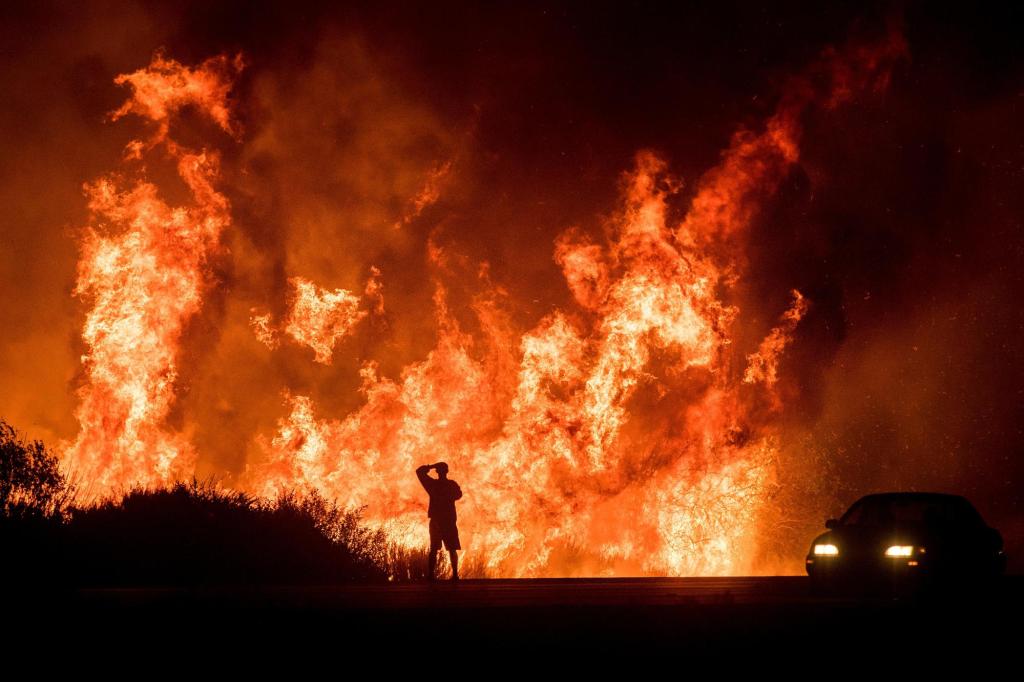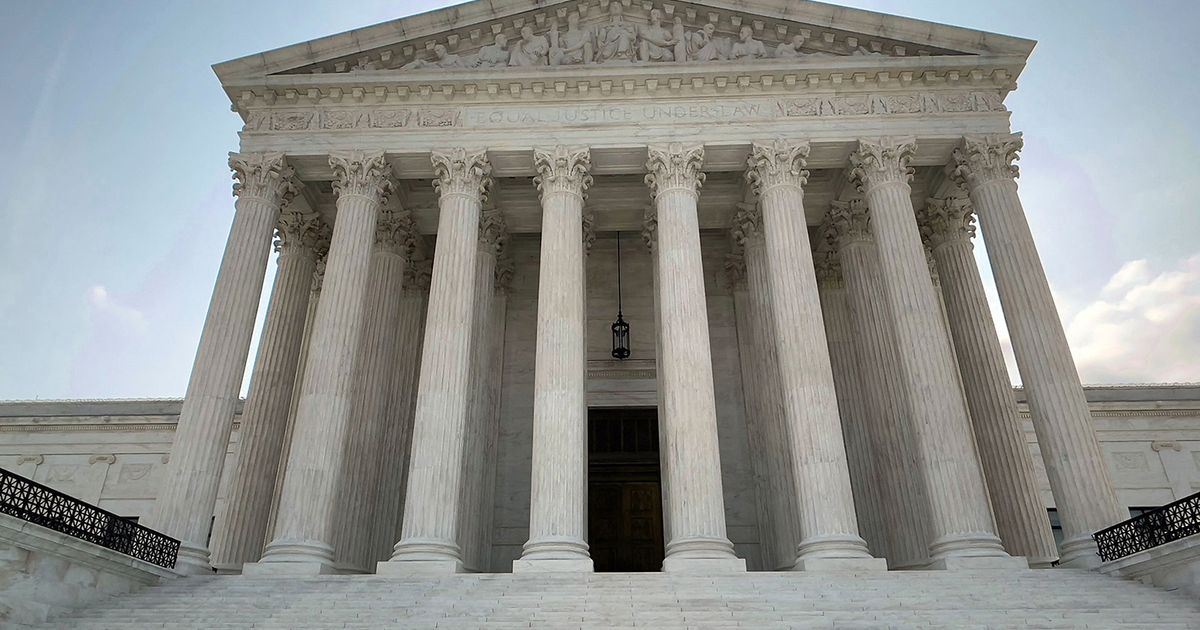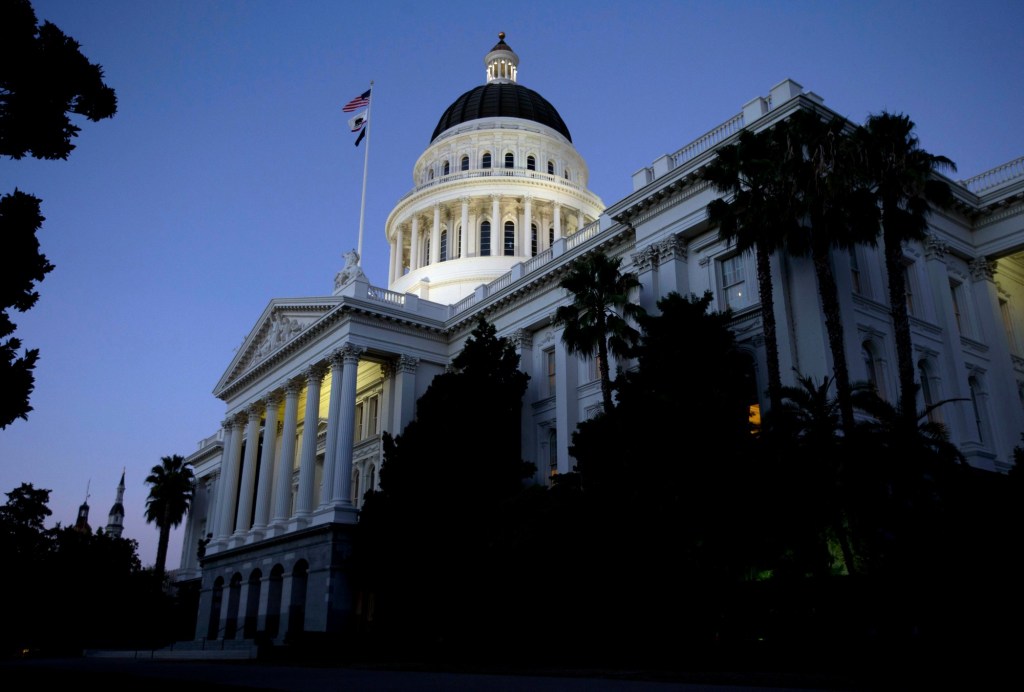12 months after 12 months, our area is struck with catastrophic wildfires that ravage our communities, forsaking a horrible path of destruction and loss.
These wildfires have turn into an all-too-familiar menace within the San Diego, Riverside, and San Bernardino Counties we characterize. The names of those infernos nonetheless echo in our recollections: the Cedar Fireplace, Harris Fireplace, Mountain Fireplace, and the devastating Valley Fireplace. These blazes have scorched 1000’s of acres, consumed tons of of houses, and impacted communities for generations to return — by way of the rebuilding of neighborhoods, diminishing air and water high quality, and the human toll and grief that doesn’t disappear from the lives of fireplace victims.
We all know the primary steps to wildfire mitigation are preparation and prevention. Basic to each is guaranteeing we’ve got a talented and devoted firefighting drive that may reply the decision when catastrophe strikes.
However right here is the problem at hand: We don’t have sufficient firefighters able to be deployed, it takes too lengthy to deliver them on board, and we’d like a brand new period of collaboration with the stakeholders concerned to stop the fires we all know are on the best way.
In our residence state of California, we have to discover new methods to recruit and retain the very best wildland firefighting drive, and we consider lately launched Congressional laws could make a dramatic distinction.
The Truthful Pay for Federal Firefighters Act (H.R. 4831) will assist the U.S. Forest Service (USFS) compete for and add to its ranks the wildland firefighting drive it wants proper now. On the recruitment facet, Direct Rent to Battle Fires (H.R. 3499) permits the Forest Service, Bureau of Land Administration, and Nationwide Park Service to streamline the hiring of important firefighting roles in order that no crucial employees place is left unfulfilled as a consequence of bureaucratic purple tape.
One other tactic is to strengthen and broaden artistic public-private partnerships, together with the Nationwide Guard’s FireGuard Program, which collects information from a variety of sources and sensors, together with photographs derived from satellites and unmanned aerial autos. Two groups of Military and Air Guard analysts – one in California and one other in Colorado – obtain this data and monitor distant places in any respect hours of the day and night time. This makes doable the speedy preliminary assault of fires when prevention methods can’t be carried out.
Final 12 months, nonetheless, we noticed necessary progress on the firefighting entrance. We labored with Senators Feinstein and Padilla and our colleagues to incorporate provisions in federal laws to provoke the switch of seven C-130s from the U.S. Coast Guard to the State of California for firefighting. The seven new plane will be part of the 4 Nationwide Guard and Air Power Reserve items already working C-130s to deploy aerial fireplace retardants and suppress wildfires the place crews can not safely struggle on foot or when the realm is simply too distant to succeed in by car.
Stopping forest fires additionally means managing the forest flooring. In 2023-24, California skilled an particularly moist winter that left behind a large forest overgrowth that introduced with it elevated hazardous situations. The following step is for the USFS to work with private and non-private landowners to prioritize elimination of this “fireplace gas” earlier than it dries out by utilizing ways together with forest thinning, prescribed fires, and building of strategically positioned gas breaks. Outdated land administration practices mixed with lifeless and dying forests are a ticking time bomb.
We additionally suggest that the USFS full the method of mapping gas breaks throughout federal, state, and personal lands. Sharing this data with all events concerned will maximize gas discount initiatives for adjoining communities and your entire forest panorama.
Whereas wildfire season could also be an annual prevalence, we can be finest served by creating and implementing instruments, partnerships, and practices twelve months a 12 months. We’re dedicated to working with the total spectrum of our important wildfire stakeholders to champion higher pay for wildland firefighters, enhanced public-private partnerships, and elevated entry to wildfire suppression assets. We have now a lot of work to do collectively.
Ken Calvert and Darrell Issa serve within the Home of Representatives.
Source link








